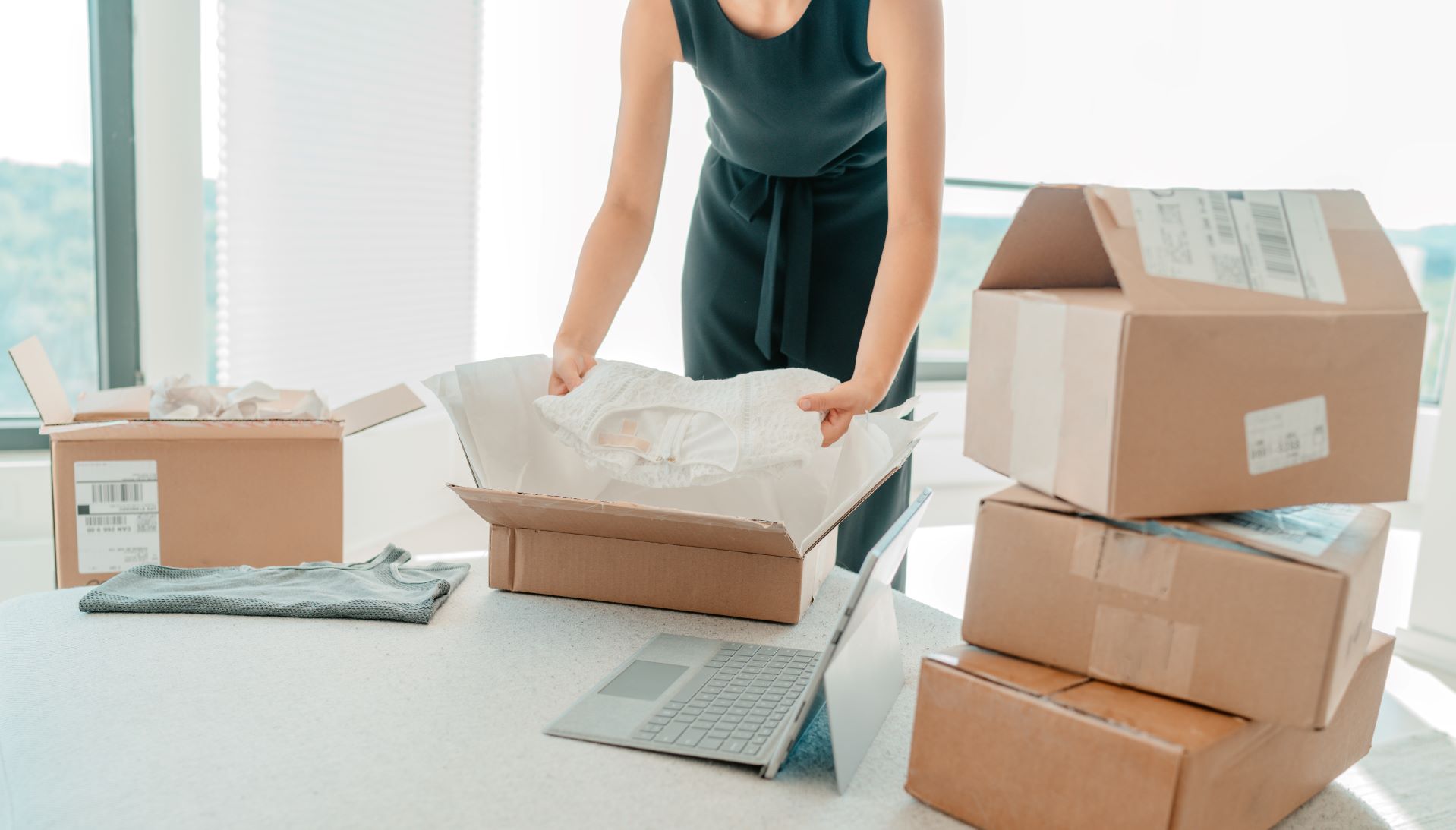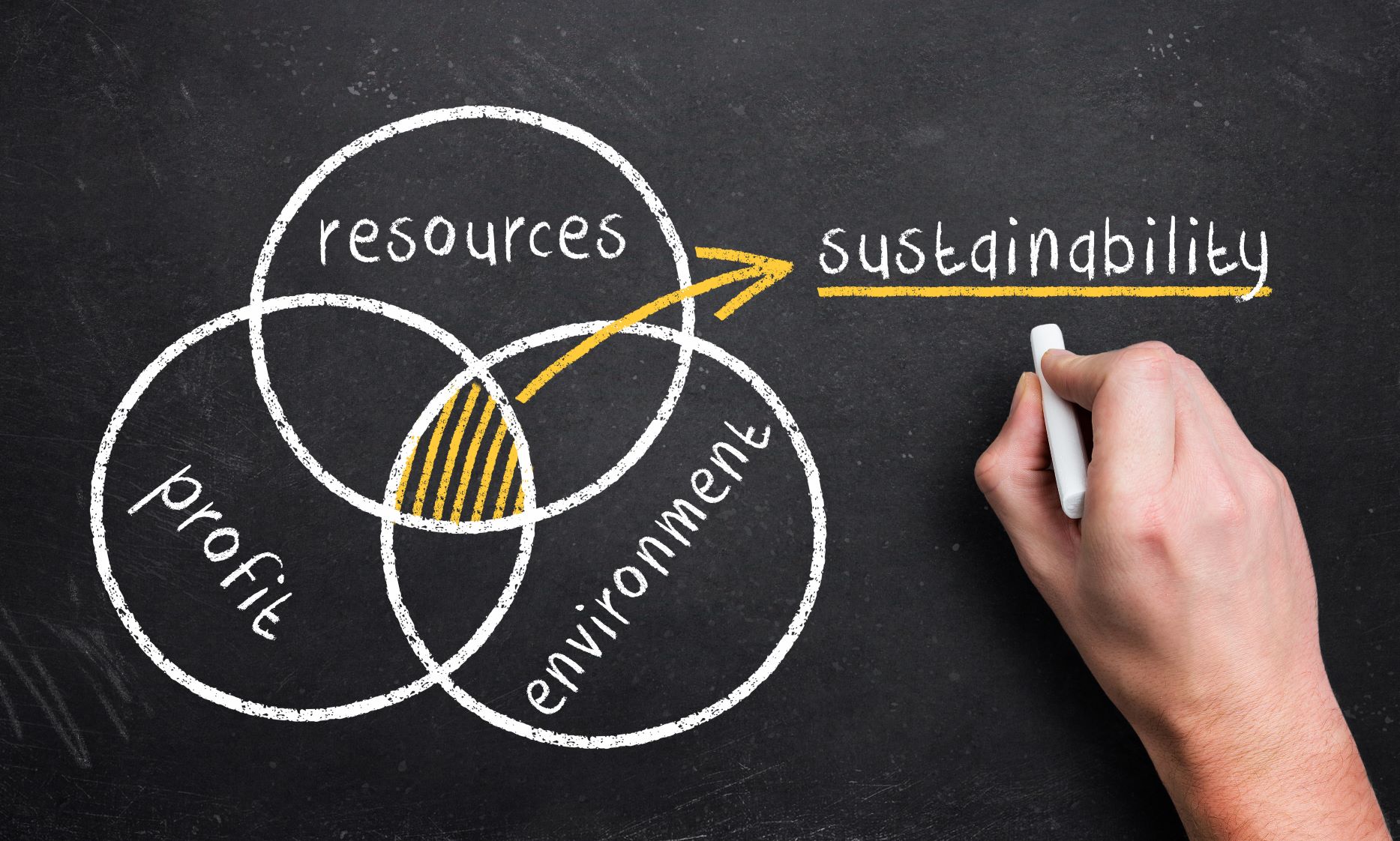Optimizing Reverse Logistics to Improve the Customer Experience
By Michael Blumberg, Blumberg Advisory Group
Supply chain management has always been focused on pushing products from manufacturing out to consumers through various retail and distribution channels. But as we look for ways to bridge the gap between technology and sustainability, this process is beginning to work both ways.
Reverse logistics refers to the flow of used products back to the manufacturer for intentional reuse, repurpose, and recycling programs. The idea is based on a circular economy where products stay in a constant cycle between production and consumer instead of a one-way cycle from production to consumer to landfill.
Reverse Logistics is Gaining Popularity to Improve Sustainability, But Is it Possible?
The short answer is yes. But the concept of reverse logistics is still in its infancy, and there are plenty of challenges to overcome before it will be common practice across all industries. But more on those challenges in a minute. Let’s look at who is successfully using reverse logistics today:
- Clothing brand H&M uses reverse logistics to create a 100% recycled clothing line for consumers looking for trendy, sustainably sourced threads.
- Big tech brands like Dell and HP use reverse logistics to offer refurbished devices at a lower price point, effectively expanding the reach of their products.
- Online retailer Amazon has redefined customer expectations for returns using reverse logistics.
Reverse logistics is possible. Changing the business world for the better using a circular economy model is possible. But change comes at the risk of hurting the customer experience, and that’s why some brands have been slow to adopt these ideas.
Operational Challenges in Reverse Logistics
The elephant in the room when it comes to making the ‘feel-good’ idea of reverse logistics a feasible business model is operating efficiency. How can brands manage a process with so many unknowns?
- Volume: It’s hard to forecast when or why customers are returning or trading in products that will feedback into the inventory cycle through depot repair activities.
- Condition: Even if you can address RMA tracking and returned-inventory forecasting, there is a wide variety of products in different conditions. Some will be repaired, and others will be broken down for salvage or destroyed.
- Labor: The amount of time spent per repair varies significantly based on the condition and the needs of the unit.
At a minimum, making reverse logistics a viable option for any business will require a way to automate, streamline, and digitize repair activities. And that’s just the tip of the iceberg. While businesses are hammering out the details of their operational challenges, their customer relationships will feel the change.
One way to address these challenges and smooth out the operational experience so that the company can cushion the impact of change for their customer-facing activities is to update legacy ERP systems to improve functionality. Another idea is to leverage end-user empowerment to spread the workload and facilitate two-way communication.
There is a path forward for companies that want to embrace reverse logistics without losing efficiency. It involves involving the customer with self-service features, rethinking inventory management, upskilling technicians, watching what others are doing and adopting best practices, and taking a proactive approach with service plans and frequent customer check-ins.
For companies that are willing to give it a shot, the first place to start is by opening the lines of communication between customers, depot managers, technicians, and inventory managers. Redefine the expectations from the first point of contact and continually redirect consumers to use available self-service tools while working in new technologies that adapt to the changing needs for return and repair tracking.

Customer Experience (CX) Challenges in Reverse Logistics
Customers say they want to see businesses employ more sustainable practices. And while the eco-friendly trend feels good, we’re willing to bet that most customers don’t fully understand the implications of what that would mean for their favorite brand experiences.
Reverse logistics threatens to hurt the customer experience. Here are a few of the top challenges:
- Simple returns processes will shift back to manual processes (that take longer) because there is no automated way to evaluate the condition of used products.
- Human hands in the return process mean that consumers can say goodbye to real-time status updates.
- Without automation and reliable data from real-time reporting, returns become a money problem for brands. That means that consumers face stricter return policies with less flexibility.
- Companies don’t have the ability to forecast used returns. There is not a lot of visibility to determine when or why consumers make returns or upgrade their products which makes it hard–if not impossible, to forecast for business needs. For consumers, this means long wait times and infrequent status updates on repairs.
Overcoming CX Challenges
We’re not simply talking about manufacturing; the entire business world is being uprooted and transformed by technology that is radically changing how we think about our supply chain and customer interactions. Most brands are probably not ready for reverse logistics, but as we move in this direction, we will see:
- Omni-channel customer support solutions.
- Automated warranty entitlements.
- Enhanced post-warranty marketing insights.
- Technology integrations for returns management processes.
- Customer self-service portals.
- New technologies to track and manage repair/work orders.
- Integration of AI-powered data in business analytics
The Bottom Line on Reverse Logistics and your Sustainable Business Efforts
Sustainability and better environmental practices aren’t a trend that’s going away. And the need to address how our current business practices fit into our sustainability efforts will continue to grow. While most businesses aren’t quite ready to embrace reverse logistics head-on, there are several changes coming that will set this in motion for the future. Omnichannel customer support solutions paired with self-service portals will redefine how customers interact with brands. But it will also free up resources in the company to shift their focus towards supporting a circular economy. New technology purchases will focus on returns functionality and automatic warranty tracking. And reverse logistics won’t just be an opportunity for some–it will be the way the supply chain works.
Learn more about how the customer experience is shaping the future of reverse logistics. Download our whitepaper CX: The New Driver for Optimizing Reverse Logistics Operations.

 Michael Blumberg
Michael BlumbergResult driven executive with expertise in growing software and service businesses. Expert in the areas of Service Lifecycle Management, Field Service, and Reverse Logistics. In my most recent role as the CMO for a SaaS based software company, I was responsible for strengthening brand identity, improving lead generation, obtaining analyst coverage, and managing strategic alliances. Played a key role in helping the company secure a multi-million investment from a VC-firm to expand the sales, customer success, and marketing team.